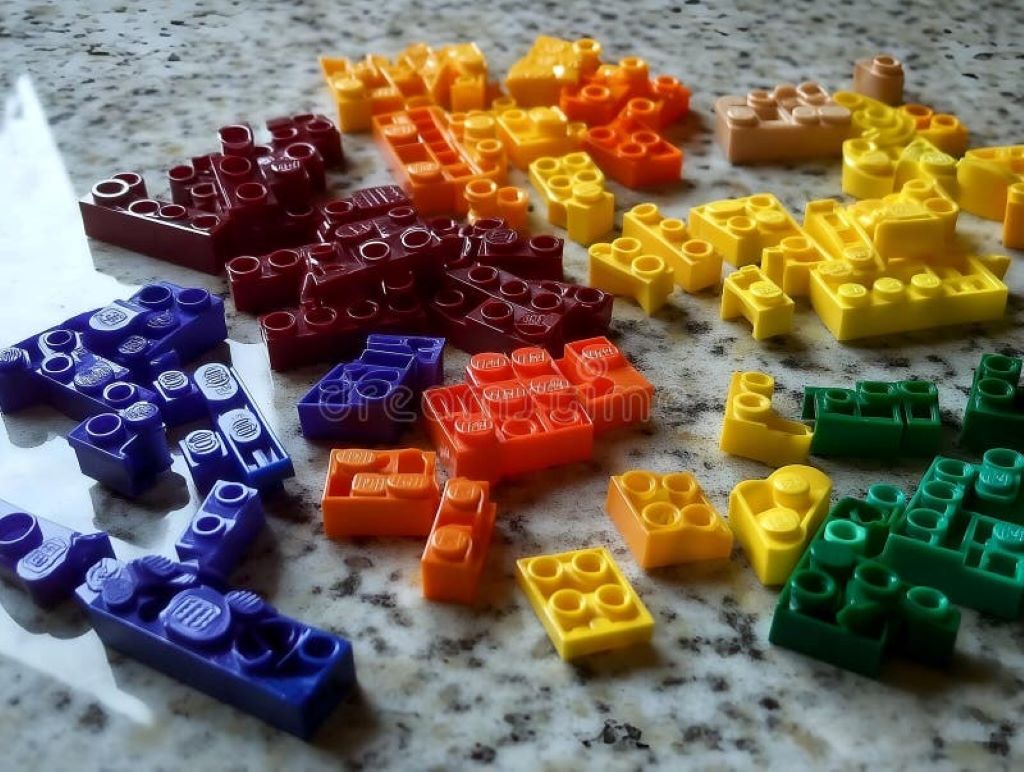Legos have long been a beloved toy worldwide, sparking creativity, fine motor skills, and imaginative play in kids and adults alike. But if you’ve ever stood in front of a Lego aisle or browsed online, you might have felt a twinge of sticker shock. Why are LEGOs so expensive? This question lingers in the minds of parents, collectors, and casual buyers who are curious about the costs behind these iconic plastic bricks.
In this comprehensive article, we’ll delve into the many factors that contribute to the price of LEGOs—from the meticulous manufacturing process to brand value, licensing fees, and much more. Whether you’re a devoted fan, a curious shopper, or just someone who wants to understand the economics of this beloved toy, you’ll come away with a clear insight into what makes LEGOs costly yet highly sought-after.
The History & Popularity That Influence LEGO’s Price
Before diving into specifics, it’s important to understand LEGO’s unique position in the toy market. Founded in 1932 in Denmark, LEGO bricks have evolved into a global phenomenon, generating billions in revenue annually. The brand’s commitment to quality, durability, and interlocking precision has built trust with consumers.
This longevity and demand mean that LEGO sets are viewed as more than just toys—they are collectibles, creative tools, and sometimes even investments. This combination of brand loyalty and wide usage creates a market that sustains higher price points compared to many other toys.
-
Superior Quality Materials and Manufacturing
One of the biggest contributors to LEGO’s price is the quality of the materials and the complex manufacturing process used.
High-Quality ABS Plastic
- LEGO bricks are made from acrylonitrile butadiene styrene (ABS), a highly durable, non-toxic, and colorfast plastic.
- ABS plastic is costly but ensures bricks do not warp, fade, or lose clutch power over time.
- This quality control means LEGO can confidently offer a lifespan spanning decades, unlike cheaper plastic toys that degrade or bend.
Precision Molding
- LEGO bricks require incredibly precise molds to ensure perfect interlocking.
- The factory invests millions annually in injection molding machines and mold maintenance.
- Even a slight deviation in mold precision could ruin the connectivity of bricks, undermining the brand’s core appeal.
Stringent Quality Control
- Every LEGO piece goes through thorough quality checks to maintain consistency.
- Issues like color variation, strength testing, and clutch power are monitored regularly.
- These steps add costs but ensure customer satisfaction and long-term value.
-
Licensing Fees for Popular Themes
Another significant factor that drives up the cost of many LEGO sets is licensing. LEGO collaborates with major entertainment franchises such as:
- Star Wars
- Marvel and DC Comics
- Harry Potter
- Disney Princess
- Jurassic Park
Licensed sets require companies to pay royalty fees to the intellectual property holders. This licensing expense can make themed LEGO sets noticeably more expensive than standard generic bricks because:
- Licensors charge a percentage of revenue or flat fees.
- Licensed sets often include exclusive, custom-designed pieces for authenticity.
- The added design and approval process with licensors contribute to development costs.
If you have noticed officially branded LEGO sets are pricier than classic bricks, licensing fees are a prime culprit.
-
Research and Development (R&D)
LEGO invests deeply in research and development to design new bricks, themes, and innovative play experiences:
- New brick shapes, minifigures, and modular sets require rigorous prototyping.
- LEGO applications for patents on new technologies and design methods.
- Developing educational and themed LEGO sets involves creative and engineering expertise.
All this R&D adds to the final product cost, ensuring each set offers a fresh, engaging experience rather than a simple reuse of old molds. This commitment to innovation maintains LEGO’s competitive edge but also affects prices.
-
Packaging, Marketing, and Distribution Costs
The price of LEGO isn’t just about the bricks themselves—it also includes the price of getting those bricks into your hands:
- Packaging is high-quality, often with bright graphics, detailed instructions, and sturdy boxes designed to reduce damage.
- Marketing campaigns targeting kids, collectors, and parents worldwide require large budgets.
- Logistics, shipping, and storage costs reflect the complexity of distributing products globally.
With LEGO’s widespread popularity, investments in retail presence, online accessibility, and international market expansion all increase operational costs that get reflected in retail prices.
-
Ethical Manufacturing Practices
In recent years, consumers have become more aware of what goes on behind the scenes of their favorite products. LEGO prides itself on corporate responsibility which includes:
- Environmental initiatives to create sustainable bricks and packaging.
- Responsible sourcing of raw materials.
- Fair labor practices and safe working conditions at factories.
Ethical manufacturing can be more expensive than cheap mass production techniques that exploit labor or use plastics harmful to the environment. LEGO’s commitment here adds to production costs but builds customer trust and aligns with modern consumer values.
-
The Collectability Factor
Many LEGO buyers aren’t just looking for toys; they’re collectors. Limited edition sets, collaborations, and discontinued themes often appreciate in value, creating a secondary market where prices escalate well above retail.
This collectible nature allows LEGO to position products as premium items. Rarity, exclusive minifigures, and detail-rich sets can command higher prices since buyers see long-term value in them, not just short-term play.
-
Inflation and Global Market Dynamics
Last but not least, broader economic factors influence LEGO prices.
- Inflation affects raw material costs such as plastic and packaging.
- Currency fluctuations impact pricing in different countries.
- Supply chain issues (exacerbated by global events like the COVID-19 pandemic) have increased logistics and manufacturing costs.
- Increased demand worldwide can lead to higher prices as supply struggles to keep pace.
FAQs About the Cost of LEGOs
Q1: Are LEGO bricks more expensive than other building blocks?
Yes, LEGOs generally cost more because of superior quality materials, precision manufacturing, licensing fees, and strong brand value. Cheaper building blocks tend to compromise on quality.
Q2: Does LEGO ever go on sale or discount?
Yes, LEGO offers discounts during major holidays, seasonal sales, and through membership programs. Authorized retailers often run promotions, so it pays to watch for deals.
Q3: How can I save money on LEGO sets?
Consider buying used sets, smaller sets, or clearance items. LEGO also offers smaller promotional sets at lower prices. Subscription boxes and LEGO community swaps are other budget-friendly options.
Q4: Why do some LEGO sets cost hundreds of dollars?
Large-scale, highly detailed sets like LEGO Star Wars Millennium Falcon or LEGO Creator Expert Modular Buildings use thousands of bricks, specialized parts, and licensing, which justify high prices.
Final Thoughts: Are LEGO Prices Justified?
It’s easy to look at a small plastic brick and wonder why it costs so much, but when you consider all the elements—top-notch materials, detailed manufacturing, innovative design, licensing fees, ethical standards, marketing, and collector demand—you begin to see why LEGO commands a premium.
Related Topics:





